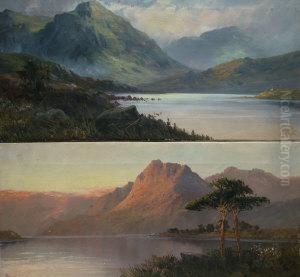Abraham Boel Paintings
Abraham Boel was a Flemish artist known for his engravings and prints, born in 1622 in Antwerp, then part of the Spanish Netherlands. His work is less widely documented than that of many of his contemporaries, and today he remains a relatively obscure figure in the history of art. Boel was active during a rich period of artistic production in Flanders, which was marked by the Baroque style and a great interest in both religious and secular themes.
Boel's engravings often included landscapes, portraits, and genre scenes. He was part of the vibrant artistic community in Antwerp, which was home to many skilled printmakers, painters, and draftsmen. Antwerp had been an important center for the arts since the previous century, with figures like Peter Paul Rubens exemplifying the city's artistic prestige.
Unfortunately, detailed records of Boel's life and career are scarce. It is believed that he was trained in the well-established tradition of Flemish engraving, which was known for its high quality and attention to detail. Boel's works would have been produced through the labor-intensive process of engraving on metal plates, usually copper, which were then inked and pressed onto paper to create prints.
Abraham Boel died in 1672, by which time the Baroque style was evolving and the center of artistic innovation was shifting away from the Flemish region. While Boel's contributions to art may not have garnered the same lasting fame as those of some of his contemporaries, his works still represent the skill and craftsmanship of Flemish printmakers of the 17th century.
